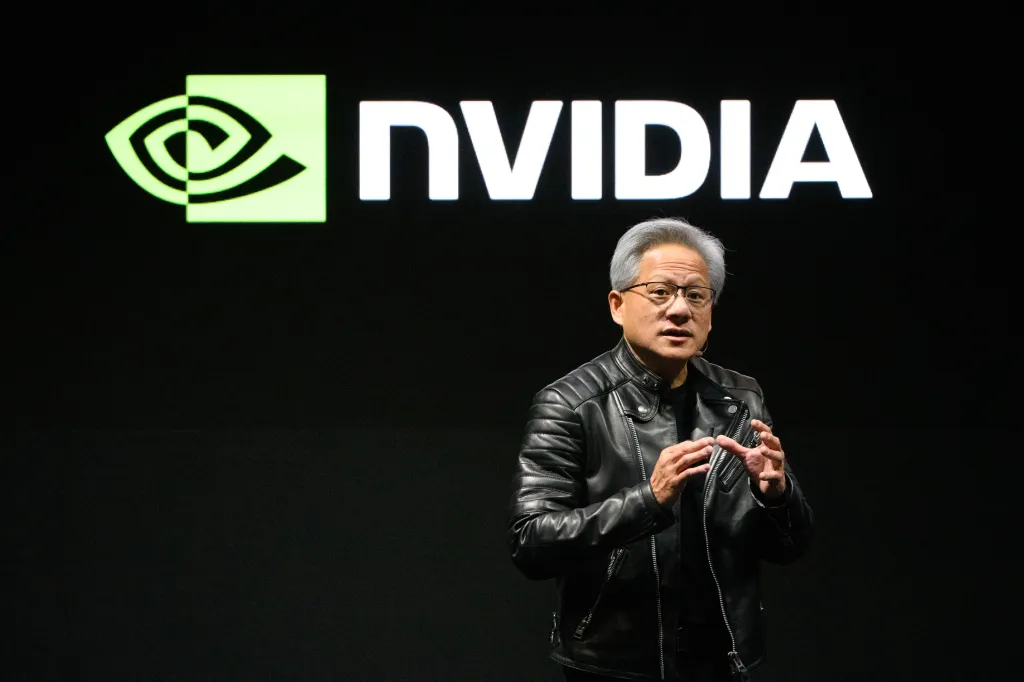ANALYSIS: Behind Nvidia's Strategy Amid Executive Stock Sales and AI Rivalry Talk

SANTA CLARA, Calif. — A series of high-volume executive stock sales and a persistent narrative about emerging competitors has placed Nvidia, the world's most valuable semiconductor firm, under intensified market scrutiny. The developments have ignited a sharp debate between market commentators questioning insider confidence and analysts pointing to the company's long-range strategic initiatives as evidence of foundational strength.
Interpreting Executive Stock Sales
Recent financial news reports have centered on more than $1 billion in Nvidia shares sold by company executives and directors this year. Outlets, including CNBC, have highlighted the transactions, with some commentary using terminology like 'dumping' to characterize the sales. This narrative suggests the sales could signal a lack of internal confidence in the company's continued growth trajectory, potentially raising concerns for investors.
However, a closer look at regulatory filings provides critical context. A significant portion of these sales were conducted under SEC Rule 10b5-1, which are pre-scheduled trading plans. Corporate governance experts note that executives at high-growth companies commonly use these plans to sell shares in a structured, pre-determined manner over a set period. "These plans are established months, sometimes over a year, in advance to avoid any suggestion of trading on non-public information," stated a corporate law analyst from a leading financial services firm. "It's a routine and responsible method for executives to manage personal financial diversification, especially after a period of extraordinary stock appreciation."
In response to headlines focusing on the sales, other market analysts argue that focusing solely on the gross sale amount without considering the executives' remaining holdings presents a skewed picture. They point out that even after these planned sales, the executives in question retain substantial equity in the company, aligning their financial interests with long-term shareholders. Proponents of this view argue that the focus should be on the company's operational execution and strategic direction rather than on routine, pre-planned executive financial management.
The Expanding AI Ecosystem and the 'Next Nvidia'
Simultaneously, the discussion around "who will be the next Nvidia?" has gained traction. This narrative posits that as the AI market matures, other companies are poised to capture a significant share of the value chain. Recent examples include SoftBank chief Masayoshi Son's vocal support for OpenAI as a future leader and analyses from outlets like Yahoo Finance highlighting firms like Broadcom as major beneficiaries of the AI infrastructure build-out.
This perspective frames the AI landscape as a zero-sum competition. However, a counter-argument gaining currency among technology strategists is that the success of these other firms is not mutually exclusive with Nvidia's dominance; in many cases, it is directly dependent on it. "The search for a 'next Nvidia' often misunderstands the structure of the current ecosystem," a technology sector analyst at a major investment bank reported. "Companies like OpenAI are among the largest purchasers of Nvidia's GPU hardware. The growth of AI model makers directly fuels demand for Nvidia's core products. It's a symbiotic relationship."
Similarly, the success of companies like Broadcom, which specializes in custom chips and networking components, is tied to the broader data center expansion that Nvidia's technology is spearheading. According to industry reports, as data centers scale up to handle more complex AI workloads, the demand for all associated high-performance components, from GPUs to networking fabric, increases concurrently. Therefore, the rise of other AI beneficiaries can be interpreted as a validation of the market's overall size and a direct consequence of the platform Nvidia has built.
A New Frontier: 'Sovereign AI' and Strategic Partnerships
Moving beyond the immediate market chatter, Nvidia has been cementing a long-term strategy that analysts believe could represent a new, trillion-dollar growth vector: Sovereign AI. This initiative involves partnering directly with nations to help them build their own sovereign artificial intelligence infrastructure using Nvidia's technology stack.
This abstract concept was recently made concrete through a major partnership announcement with Hewlett Packard Enterprise (HPE). The collaboration aims to deliver a turnkey private cloud solution for AI, enabling countries and large enterprises to develop their own generative AI applications while maintaining data privacy and national security. Financial analysts at firms like The Motley Fool have highlighted this strategy as a key long-term growth driver, positioning Nvidia not merely as a component supplier but as a foundational partner in national economic development and technological independence.
Supporters of the company argue this strategic pivot demonstrates a forward-looking vision that transcends quarterly earnings cycles and short-term stock fluctuations. "This is about creating an entirely new market category," one analyst noted. "It reframes the company's role from a hardware provider to a critical enabler of national digital strategy, a much larger and more defensible position."
Reinforcing Core Markets and Responding to Consumers
While pursuing grand strategic goals, the company also appears to be reinforcing its core consumer business. The tech press has been filled with a steady stream of positive information and leaks about the company's forthcoming RTX 50 SUPER series of graphics cards for gamers and creators. A significant focus of these reports has been on rumored increases in video memory (VRAM).
This detail is noteworthy as VRAM capacity has been a point of criticism from parts of the PC gaming community in previous product generations. By reportedly addressing this feedback directly, the company is demonstrating an attentiveness to its foundational consumer market. This suggests a two-pronged approach: expanding into massive new enterprise and sovereign markets while simultaneously shoring up and innovating within its established strongholds.
As the debate continues, the narrative surrounding Nvidia remains divided. On one hand, sizable executive stock sales and the constant search for a rival have provided fodder for skeptics. On the other, the company's execution on a multi-faceted strategy—from pioneering Sovereign AI to reinforcing its consumer product line—presents a compelling case for a long-term vision that many industry experts believe is just beginning to materialize.